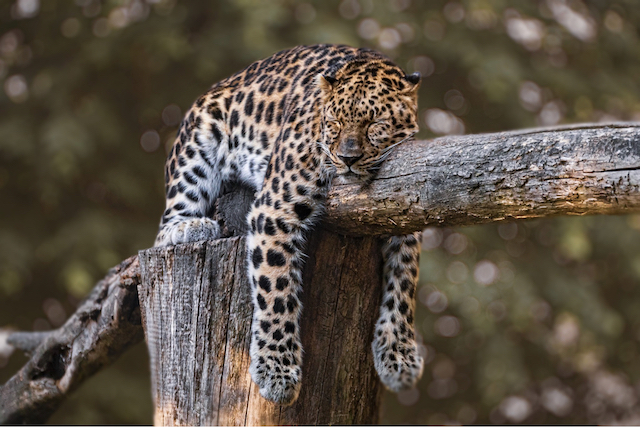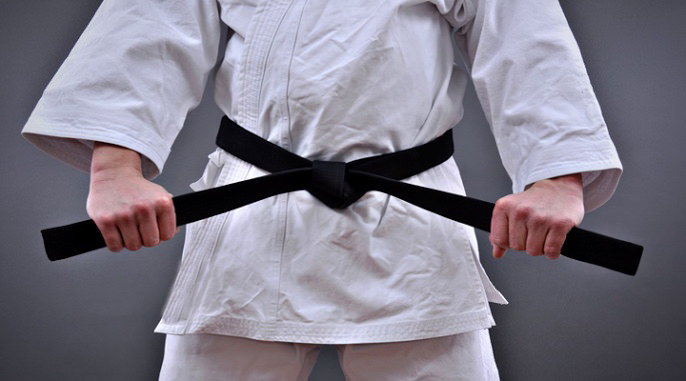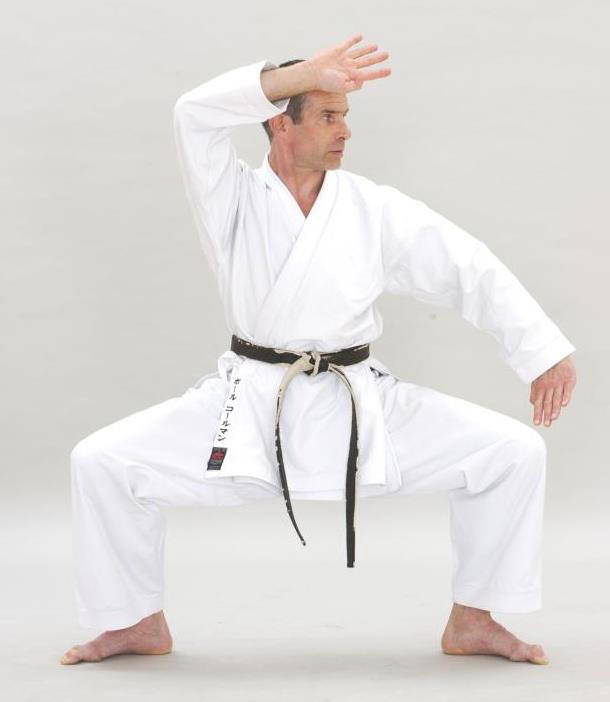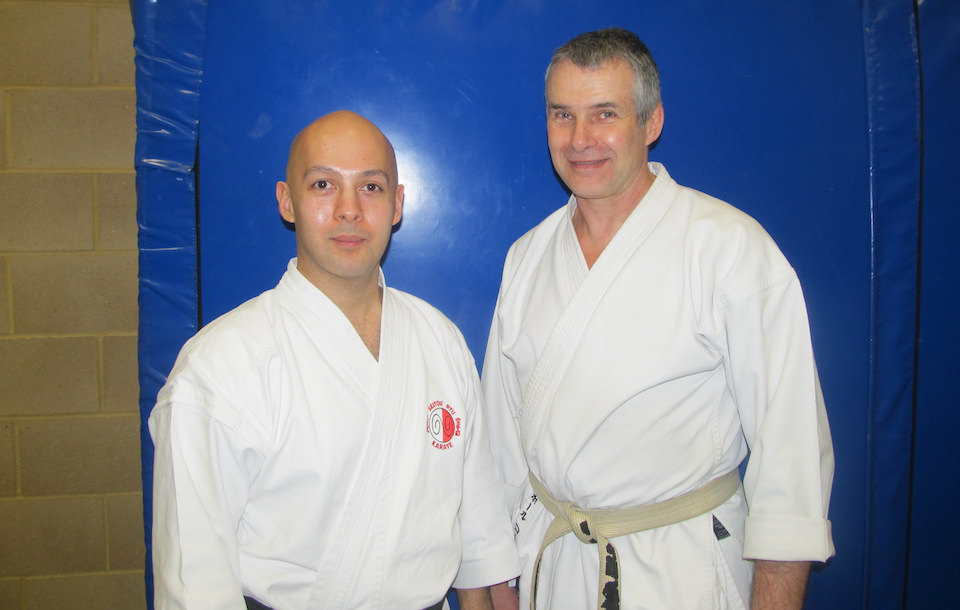By Kim Mandy
Karate or any Martial Art is a journey which has a beginning, middle but no end. Most beginners see black belt level as their “ultimate goal”; however this is most certainly not the case. This is only the beginning of a much bigger journey.
When starting your own personal karate journey you are naïve and open to new experiences; however as time goes on you reach a stage in your training where you feel you have nowhere left to go. Whether this is conscious or subconscious, you need that drive to get you to class, seminar or even sometimes a grading.
After the first 2 years of training, you should have graded at least to your third maybe fourth level. This is known as your intermediate stage of training, where you learn the techniques, meanings of kata etc. You are generally at the stage where you can share your experience and knowledge with new students aiding with their personal progression. Throughout your karate journey, you strive to be better; and after your first 2, maybe 3 grade level progressions, people tend to fall into one of two categories. Those who want to continue and see nothing more but further progression; and those who feel they have achieved their goal of achieving a belt in martial arts and therefore quit.
Once past this intermediate level and on to your next training level, i.e. 3rd kyu to 1st Dan, you again hit your next “wall”. At Dan grade level you are now a “beginner” again; but not in the sense of white belt beginner, in the sense of mental beginner level as well as physical, as now you really get to understand more both about your martial art and yourself. You realise that karate is as much mental as physical.

Our next major “slump” or wall in our training journey is seen at brown belt level; where we become complacent in our training and feel we can “sit back for a while”. While this is not always a bad thing, for some people it can deteriorate into a slump in which you may lose your focus and determination to achieve the next level in your training; by less motivation, attend class less and slack off in practice. This “wall” or “obstacle” in your journey is probably the most difficult to conquer and overcome. If you “take it easy” at this point and “take time out”, it is more likely you will never return to training.
At this level you may fall into a “false sense of security” in your training and you may end up quitting. You need to recognise the signs of this slump and “wait it out”. The best thing is to continue training in small doses, forcing yourself to go through the basic until the slump has passed. Once this stage has passed, a remarkable and unexpected ability to make an effort suddenly becomes apparent and there is finally “light at the end of the tunnel”.
The next stage in our “slump” is at 1st Dan (1st level ) black belt, where it is the end of one part of your training journey and the beginning of a new, higher understanding and greater learning experience. Unfortunately, some students reach their 1st Dan and decide they have mastered their art and achieved their goal; they end up quitting altogether. Quitting at this stage is like finally receiving something you have always wanted, but not taking care of it or putting it to proper use. To train successfully, regardless of grade or level, you need to practice regularly in order to maintain your skills. The attributes of reflexes, flexibility and power do not magically exist when black belt level in reached/earned. The way to overcome this sense of “disillusionment”, following attaining this level (Black Belt), we need the guidance from dedicated higher ranking students to show that this stage is merely the beginning of an exciting path that does not need to end. We need to remember that this is a process, not a destination, and if we can keep getting over those hurdles and slumps, our skills will remain with us.
We need to decide for ourselves whether we continue our training or we quit. Some people are just not ready to learn a martial art; however those who are ready to learn and develop their skills, will find they get a well deserved reward and there is no holding them back!
Personally I have had many “slumps” or walls so far during my karate journey and continue to endure these periods in my training. When you really feel like there is no more to learn, or you just can’t do it anymore, or feel like you are at maximum capacity and near overload, you need that inner strength (“inner peace” as Master Shifu says) to get you to that class or seminar. Once you are there it ends up being extremely worthwhile!
When you feel a “down” period in your training, just take the time to think it through and with the help of your instructors and fellow students you will come to a decision which is right for you!





